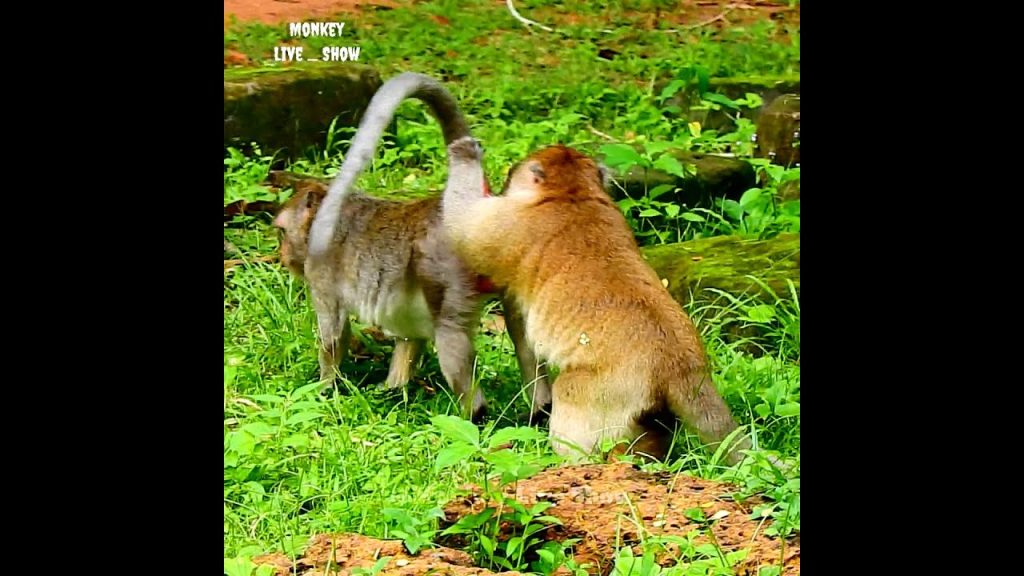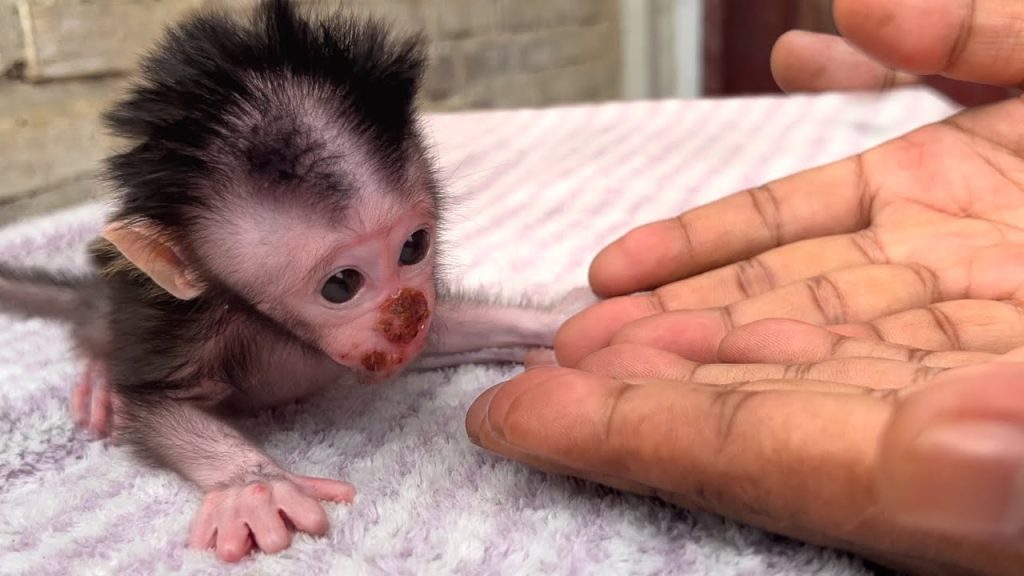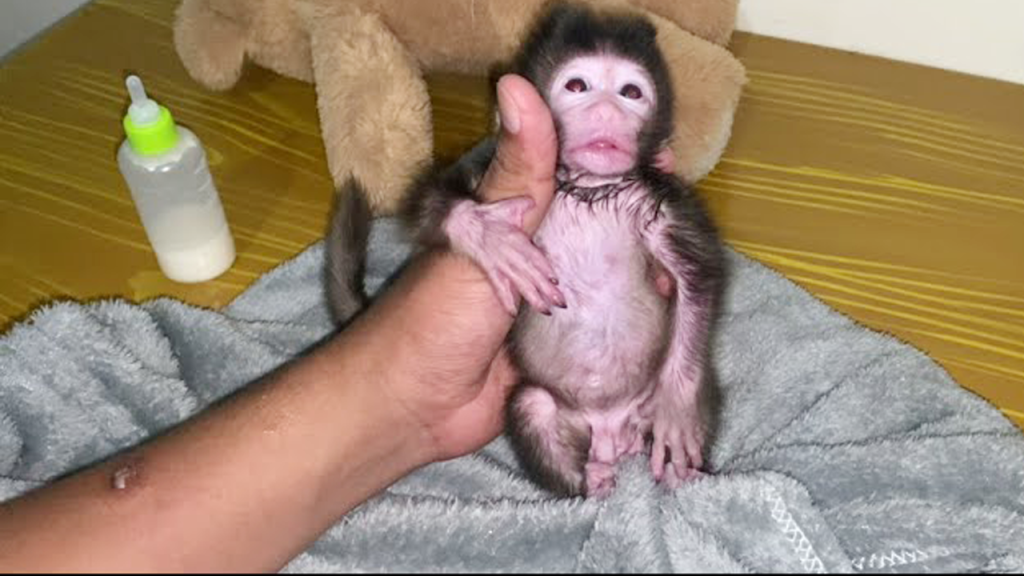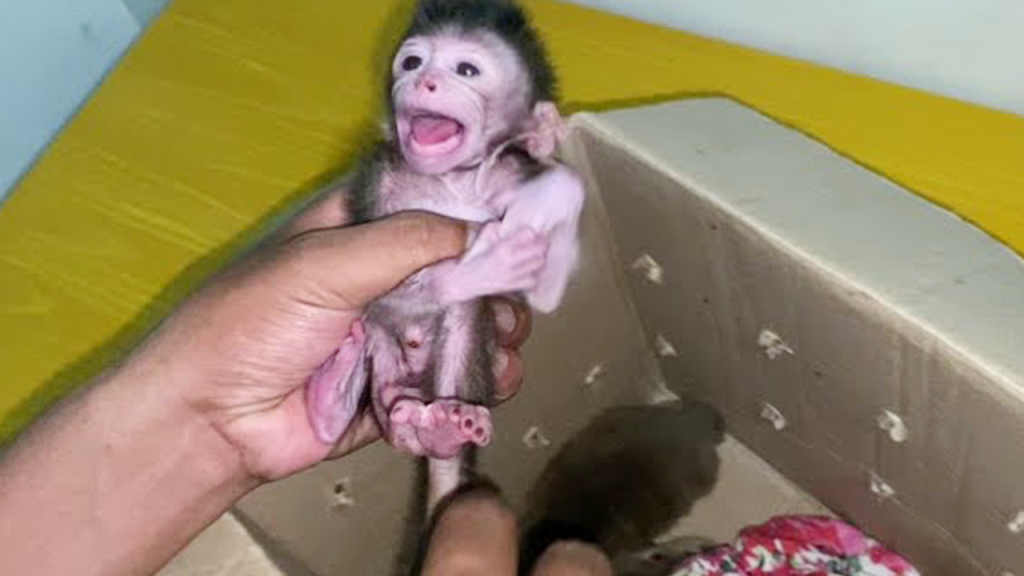
In the complex world of primate social dynamics, interactions between males and females are not always gentle or mutual. Such was the case when a large male monkey, Aesop, was observed displaying aggressive behavior toward a smaller female.
Aesop was one of the dominant males in his troop, known for his size, strength, and assertive personality. His position gave him priority access to food, shelter, and, in many cases, mating opportunities. In primate societies, dominant males often attempt to control access to females, sometimes using intimidation or physical force to enforce their position.
On this particular day, Aesop’s behavior crossed into alarming territory. He approached the female quickly, his posture stiff, tail raised, and facial expression tense—a combination of signs that indicated high arousal or agitation. Without warning, he grabbed her roughly. The force of his hold caused the smaller monkey to cry out, a distress call that drew the attention of nearby members of the troop.
In the wild, such encounters can serve multiple purposes from the male’s perspective. It may be an attempt to establish mating rights, display dominance to other males, or simply reinforce control over the troop’s social order. Unfortunately, for the female involved, this often means physical harm, extreme stress, and a disruption to her daily behavior.
The female struggled against his grip, trying to pull away, but Aesop’s strength far exceeded hers. After several tense seconds, he released her, possibly due to the interference of other nearby monkeys or because he had made his point. She immediately retreated, climbing to a higher branch where she could observe from a safer distance.
Aggressive incidents like this have serious implications for troop cohesion. While dominance is a natural part of primate society, excessive aggression can create long-term stress, lower reproductive success, and even lead to injury or separation from the group. Females may become more cautious in their movements, avoiding feeding grounds or areas where aggressive males are present.
From a behavioral research perspective, such moments are important for understanding the balance between cooperation and conflict in primate groups. While they live in highly social systems, monkeys also navigate constant competition for resources and reproductive opportunities. For males like Aesop, displays of power are part of maintaining status. For females, however, these displays can be deeply disruptive and damaging.
The event served as a stark reminder that life in the wild, even in highly social species, is not free of violence. Dominance often comes with a cost to the more vulnerable members of the group, and survival means learning how to navigate both alliances and threats.
As the day went on, the female avoided Aesop, keeping close to supportive troop members. She groomed with a close ally, a behavior known to reduce stress, but the wariness in her movements showed that the encounter had left its mark.
In primate life, strength may secure dominance, but it can also fracture trust—a fragile but vital resource in any close-knit social group.


